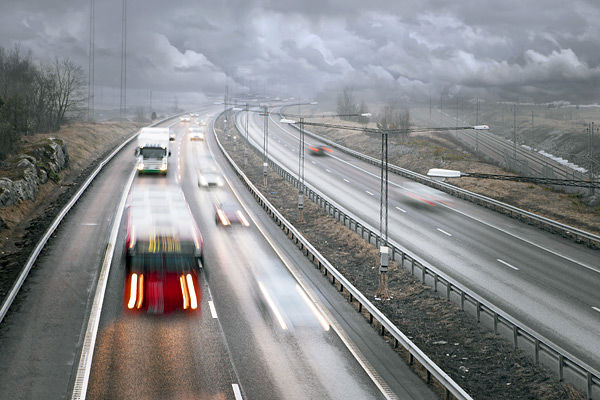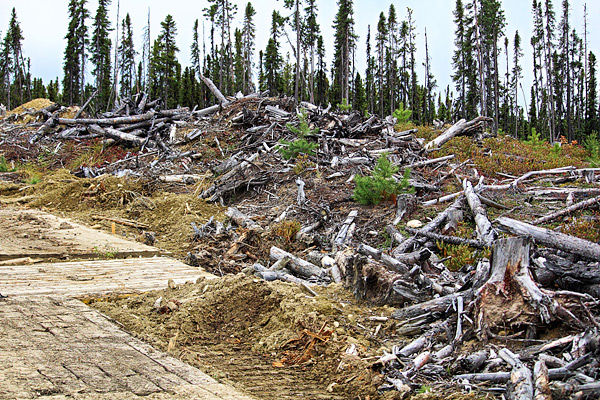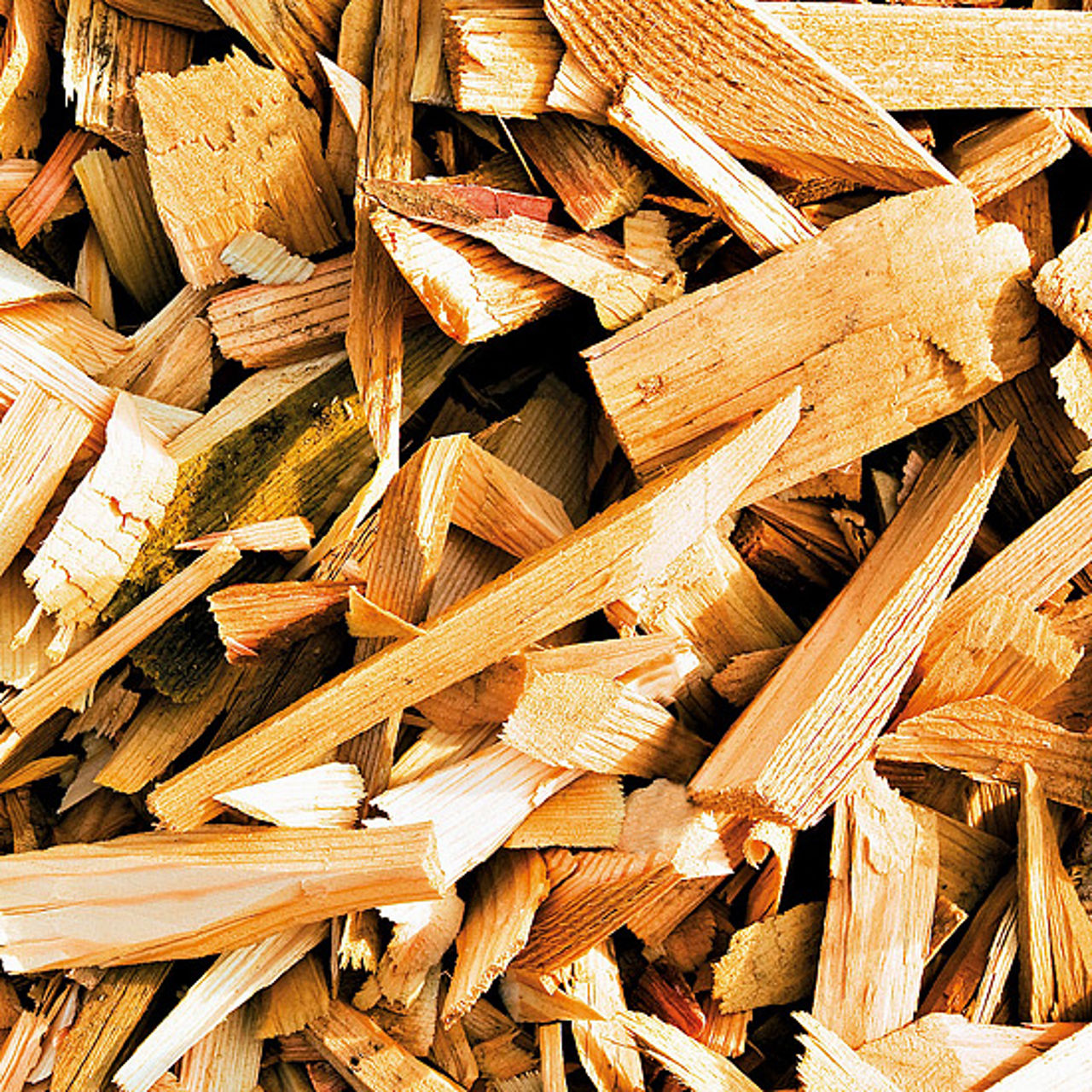Countries

Silva Green Fuel is planning to produce second-generation biodiesel using residual waste from forestry operations.
Biofuels: Using the forest to fill the tank
Residual waste from forest operations can become a sustainable raw material for large-scale production of advanced, second-generation biofuels. The aim is to significantly reduce greenhouse gas emissions from heavy transport and, possibly, in aviation.

Per Are Hellebust is managing director of Silva Green Fuel.
The electrification of society has accelerated; the number of electric vehicles on the road in Norway and other countries has grown impressively. The first electric ferries have been launched, the first planes with electric motors have taken off, and electric buses have long since become a common sight in many cities. And hydrogen-powered cars and boats are increasingly being mentioned in the climate debate.
So why do we need biofuels?
The company Silva Green Fuel was established by Statkraft and the Swedish forest industry cooperative Södra in 2015 based on the premise that solutions other than electricity and hydrogen are also needed to reduce the environmental impact of the transport sector, which accounts for about a third of the world's greenhouse gas emissions.
There is a recognition that for many years to come there will be a need for liquid fuel for internal combustion engines, but why should they only run on fossil fuel and diesel? The solution is advanced biofuel..

For several years, Silva Green Fuel has been preparing for full-scale production of second-generation biofuels in Tofte in Asker Municipality in Viken County. The raw material is residual waste from forestry operations and wood processing, i.e. brush, branches and logs that would otherwise not be useful.
"Replacing fossil fuels in the transport sector with biofuels based on renewable raw materials will make a significant contribution to reducing climate emissions. Bio-oil can also be an alternative in other industrial processes. We constantly receive inquiries about when we can start delivering, also to the chemical industry," says Per Are Hellebust, CEO of Silva Green Fuel.
The owners behind Silva Green Fuel believe in a future for Tofte as a technology centre for advanced biofuels. At the start of 2023, testing was in full swing in the demo facility on the old industrial site at the southern tip of Hurumlandet. A decision to invest in a full-scale production facility could come in 2024.

Greener internal combustion engines
With biofuels in the tank, combustion engines still release CO2, but it will not be fossil CO2.
"The core of the climate problem is the addition of new carbon to the atmosphere from fossil sources such as oil, gas and coal. By contrast, biofuels produced from, for example, residual material from forestry operations, will be part of the natural lifecycle," points out Per Are Hellebust.
Today, fossil fuels are added to biofuels at a ratio set by the government authorities. Norway has set a requirement for 2023 that sellers of fuel for road traffic must ensure that 17 per cent of the fuel by volume is biofuel. In addition, 12.5 per cent must be advanced, second-generation biofuel.
"The production of biofuels does not replace fossil fuels, but is one of several means that are necessary for achieving our climate targets," says Hellebust and continues:
"The goal in the beginning is to use four million cubic metres of residual material from forestry operations to produce approximately 600 million litres of biofuel. This will deliver an emissions cut of around 1.5 million tonnes of CO2 per year, which amounts to about seven per cent of Norway's national target for greenhouse gas reduction.

Renewable forest
The production of first-generation biofuels has been criticised because the plant-based raw materials used could often have been used for food, either directly or by alternative use of agricultural land. Moreover, production of biofuels based on palm oil is criticised because it can result in deforestation in areas with valuable rainforest.
So there is a need to be able to produce more sustainable biofuels. The main difference is that advanced, second-generation biofuels are recovered from residues and waste from other types of production, such as slaughterhouse waste and residual material from forestry operations and wood processing.
"Not a single tree will be cut in Norway solely to produce biofuels. It's all about using branches, brush, dead trees and residual materials that can't be used for anything else," says Hellebust.

As long as forestry operations are carried out in a sustainable manner, the forest is a renewable resource, says the CEO of Silva Green Fuel.
Of course sustainable forestry operations involve replanting after felling, but sustainable forestry also involves felling. It is important for the forest to be thinned so that the remaining trees have the best possible growing conditions. If a forest owner does not cut down mature trees, which can be further processed in sawmills and pulp or paper factories, they will die and rot and release the greenhouse gases methane and CO2 anyway, without first having been utilised by society in the larger lifecycle.
"Sawn timber is the most valuable product from the forest, while pulpwood is used for chipping and cellulose. All energy wood having a lower quality than pulp wood is the raw material we use in Silva Green Fuel to make biofuels," says Hellebust and adds:
"In this way the forest is a renewable resource at several levels. The goal is to make use of everything from forestry operations."

Not a single tree will be cut in Norway solely to produce biofuels. It's all about using branches and brush, dead trees and residual materials that cannot be used for anything else.
Second-generation biofuels
-
Advanced biofuels (second-generation) are produced from residues and waste from industry, for example from the forest industry. Unlike first-generation biofuels, they are not produced from raw materials that can also be used to produce food or animal feed.
-
A distinction is made between old and new second-generation biofuels, based on liquefied and solid wood respectively. The former is called HVO (hydrogenated vegetable oil) and is available on the market today, while biofuels produced from solid wood are under development.
-
The EU Renewable Energy Directive sets sustainability criteria for biofuels and requires documentation that the fuel accounts for at least 50 per cent less greenhouse gas emissions than petrol and diesel. Nor should the biofuel be based on raw materials with a high carbon content or be grown on land with high biodiversity. This does not apply to raw materials that are waste or residues from other production.
Source: Norwegian Environment Directorate
Ground breaking technology
At Tofte in Asker County, Silva Green Fuel has established a demo plant to test new technology for the production of second-generation biofuels from residual material from forestry operations. The goal is to produce biofuels primarily for heavy transport.
The transformation process from organic material to biodiesel is unique, and has never been scaled up beyond the pilot stage.
The technology is called hydrothermal liquefaction. The wood chips are ground down and mixed with water to a porridge-like consistency. The 'porridge' is then exposed to high pressure and temperature and is converted into oil.
In principle, the process that has given the world fossil oil is recreated. Through millions of years, everything from dinosaurs to old trees has been transformed into oil because the organic matter has been exposed to high pressure over a long period. This new technology completes this process in 20 minutes. Then the oil must be refined so it can be blended with other fuel.
"The growth of biomass in Norway is today far greater than the felling. Using this renewable natural resource for local value creation and fuel production will be a sustainable and important contribution to decarbonising the transport sector," says the CEO of Silva Green Fuel, Per Are Hellebust.

Green jobs
In addition to reducing greenhouse gas emissions from the transport sector, the production of biofuels at Tofte will have positive spillover effects in the form of more green jobs. A full-scale plant could employ between 50 and 100 people. Biofuel production could also improve the profitability of forestry operations.
As part of the preparations for a possible full-scale production facility, Silva Green Fuel decided to recruit 16 new employees before Christmas in 2022. There was strong interest in the positions and many good candidates to choose from among the 400 applicants. Many of the applicants said that they were interested in the green shift and the opportunity to work with something new. Several applicants from the oil industry said they would rather work with renewable than fossil energy.
"The facility at Tofte is the only one of its kind in the world. It is gratifying that so many see this as an opportunity to be part of the green shift with a new and exciting technology that contributes to reducing climate emissions, and which also creates new industry in Asker Municipality," says Hellebust.
"Initially, we’re looking at production in Norway and Sweden, but there are also major opportunities globally. The advantage of biofuels is that the infrastructure is already in place in the form of existing vehicles and existing distribution networks. This lowers the threshold for using the fuel, and the effect can come quickly. Along with electrification and hydrogen, second-generation biofuels can contribute to a faster green shift in the transport sector."

Silva Green Fuel DA
-
Owned 51 per cent by Statkraft and 49 per cent by Södra.
-
Created in 2015 with the aim of establishing future commercial production of advanced biofuels based on residual waste from forestry operations.
-
Demonstration facility completed at Tofte in Asker Municipality in 2021.
-
If construction of a full-scale commercial facility is approved, the production from one plant could reduce annual carbon emissions from the transport sector by 250,000-375,000 tonnes of CO2.





















